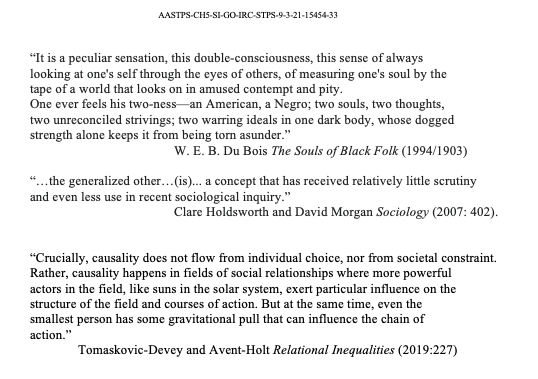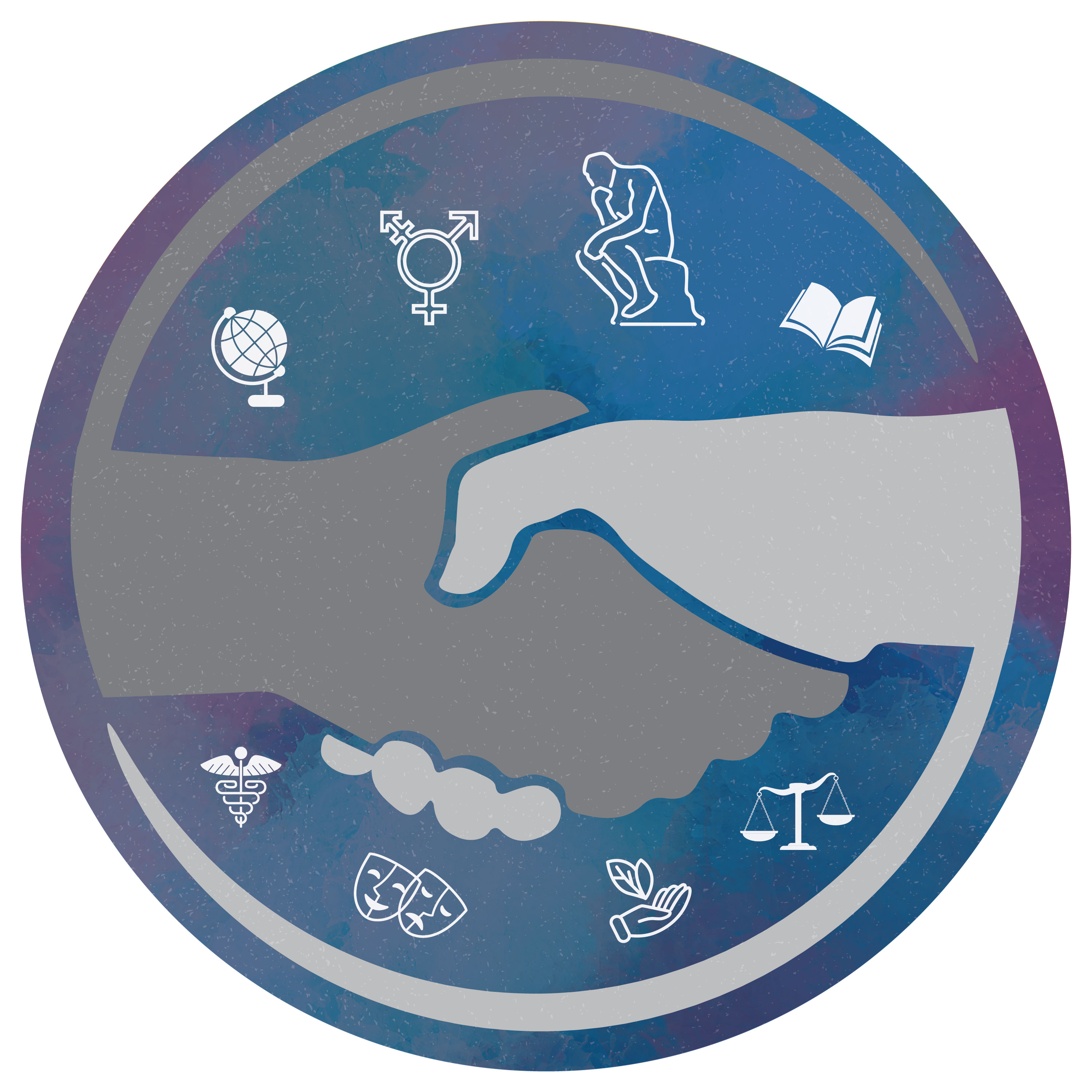
Symbolic interactionism is the most prominent social psychological theory in sociology, but explicit theories of social psychology have only sporadically been applied to political sociology. A quasi-Marxist theory has been most often been used, which states that a person’s position in the occupational structure or class structure creates their interests, which they then try to satisfy by joining and supporting a political party that represents those interests or their participation in a social movement in the case that party representation is inadequate. If no party or social movement supports their interests, they will withdraw from politics and participation by not voting or otherwise supporting political interests. If the fit is partial with a political party or movement, they may opt to become an independent. This type of theory has been used by a host of political sociologists including Seymour Martin Lipset (1981), Richard Hamilton and James Wright (1986), and Jeffrey Manza and Clem Brooks (1999). A Weberian twist to this includes status groups like gender, race, ethnicity and religion to the mix, but the “social bases of politics” remain the staple of research. Pippa Norris and Ronald Inglehart (2016) add age in the form of generations, which goes back to Karl Mannheim’s work (1952).
There are three problems with the dominant approach of placement in the occupational structure of the economy determines interests, which John Levi Martin and Nick Judd (2020) refer to as GOFAT theory, or the “Good Old Fashion Action Theory” of politics. The solution to the new social psychology focuses on three critical points. First, this theory does not have much social psychology attached to it, especially since it does not say much of anything that goes on within people’s heads, other than people follow their occupational and demographic interests. Second, it has some face validity but not much depth in explaining why people in the same group often vote in different ways. A more elaborate way of saying this is that the crisscross of class and status groups often fail to tell us what might be going on and which category has precedence in which circumstances. For instance, should working class-white men be voting for the party that is appropriate for them (e.g., Democratic or Social Democratic Parties), or do they vote against that party because of another reason that seems to want to deny government funds and benefits to women and non-whites (e.g., Conservative or Republican Parties). Political advisors to politicians have drilled down on these categories with some success but the still largely have an ad hoc theory of social psychology often times relying on political ideology for a proxy of these social bases of politics.[1]And third, as Harold Wilensky often said, “categories don’t act, groups act” in as much as class and status groups are really categories and not groups at all (90% or more of each category do not know each other and have never interacted).
Instead of a basic social psychology of politics that is based on the imputation of structural interests, my approach synthesizes theories that will present symbolic interaction and exchange theory to explain political action. Neither one is immediately useful to do this political job, so I will orient them toward politics in what follows.
This chapter uses W. E. B. DuBois’ insights of double- or multiple-consciousness, and proceeds in three parts. First, I examine symbolic interactionist theory and give its various parts a unified treatment, but at the same time emphasizing the generalized other as the pathway to groups and social structures. Second, I integrate interaction ritual chains and differential association into the fabric of the generalized other for the basis of creating continuous interaction, especially with choosing groups and identities. And third, I integrate theories of power and social inequality into the symbolic interactionist paradigm using the social exchange theory of power as dependence. The result is an expanded view of symbolic interaction and exchange theory in explaining the social psychology of political sociology, especially as it connects to inequality.
[1] Prominent pollsters such as Nate Silver have made a reputation for predicting elections, but his method was much less successful in the 2016 election though he claimed a Clinton victory was in the area of overlapping significance levels.


